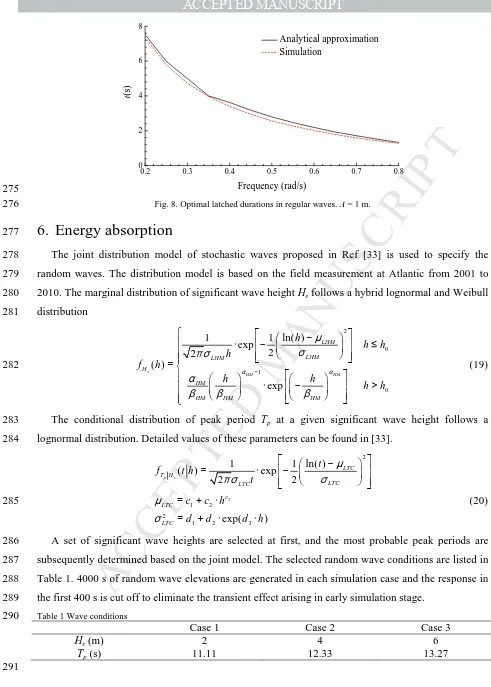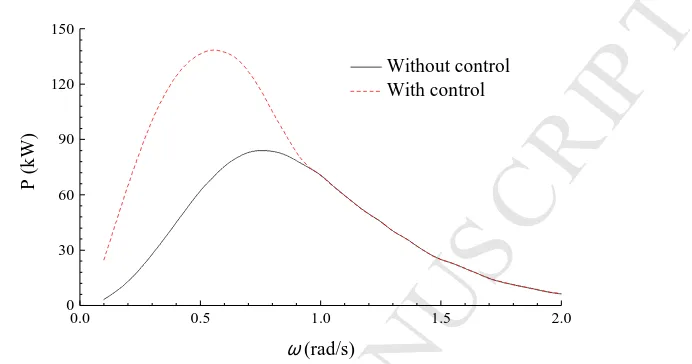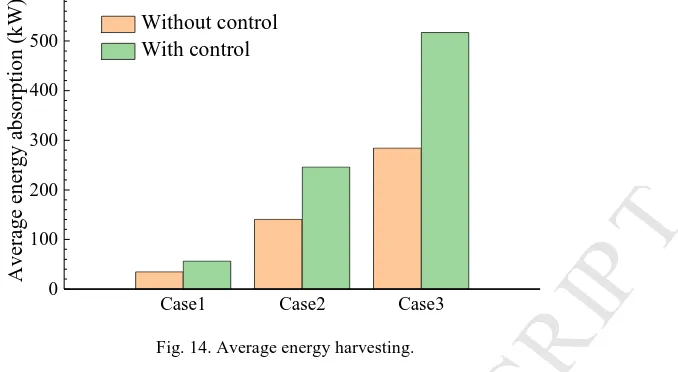Maximization of energy absorption for a wave energy converter using the deep machine learning
Full text
Figure
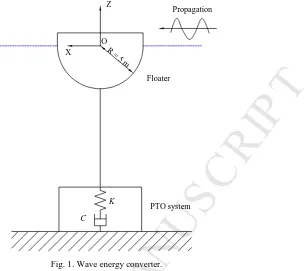
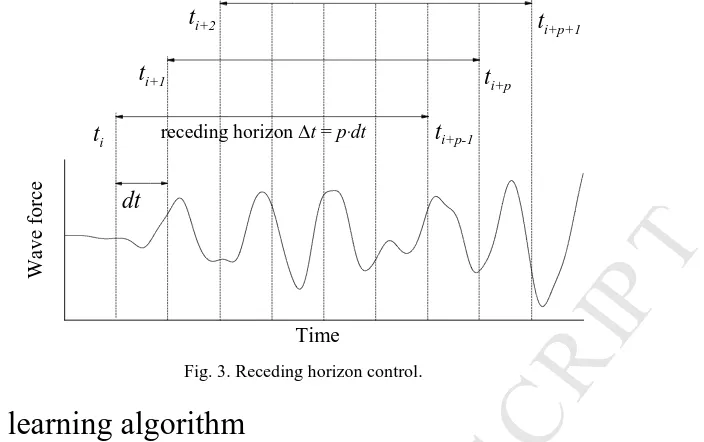

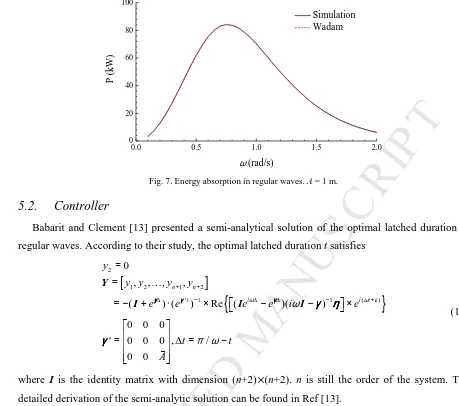
Related documents
Developing a service user informed intervention to improve participation and ability to perform daily activities in primary Sjögren ’ s syndrome: a mixed-methods study protocol..
brought their children to a pediatric clinic for either well baby or nonroutine visits were given a questionnaire asking “Reason for visit” and “What concerns you most about
Paper Evolutionary algorithm Proposed method Feature Extraction type problem domain year [2] Artificial bee colony IFAB FS (Wrapper) Supervised Image processing 2014 [29] Artificial
The summary resource report prepared by North Atlantic is based on a 43-101 Compliant Resource Report prepared by M. Holter, Consulting Professional Engineer,
One author screened titles and abstracts to determine whether the articles were eligible for full article review. Studies that met the following criteria were selected for
Mothers from Hong Kong ( n = 66) and the United States ( n = 69) indicated their agreement with the ideas that children’s learning reflects children’s morality and parents’
Fig. to the clinic’s LAN, as well as the input of other patient related data including: patient’s demographic data, physician’s diagnosis, biopsy results, lesion location and
The book starts by identifying the main unifying model/principles for motor rehabilitation (Ch. 1), including the importance of a functional approach, skill- and
